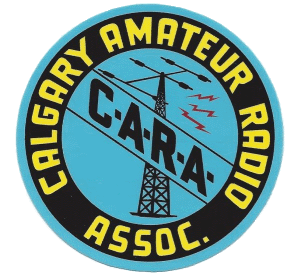Radio Direction Finding aka "Fox Hunting"
Transmitter hunting, which is also known as fox hunting and bunny hunting, is where participants use radio direction finding equipment and methods to locate a hidden radio transmitter. To "stalk the fox", players usually use a handheld VHF amateur radio transceiver, set to a designated frequency.
The Calgary Amateur Radio Club (CARA) indulges in this sport several times a year. Stay tuned to the Events Calendar for upcoming events. CARA also runs workshops for building an antenna to attach to your radio, complete with attenuator. Contact the VHFgroup@caraham.org for information on this pursuit.
Technical TipsFoxhuntingYouTube Videos
Other ResourcesHow-to Articles |
Jan 12, 2022 VHF Group PresentationsRDF Antennas (Radio Direction Finding, AKA Foxhunt)The following 7 presentations were made to the VHF Groups on Jan 12, 2022 for the topic of the monthly Zoom Meeting. This presentation can be viewed on YouTube here: https://youtu.be/8s0KBZaq_Ts
4Mhz Offset AttenuatorThis description is of the 4Mhz offset attenuator. I picked this up for $15 from https://kc9on.com/product/fox-hunt-offset-attenuator/ Basically, when using a directional antenna, such as a yagi, you will find that it works fairly well to identify the direction of a source signal using a combination of the audio quality and also the S-Meter on the radio, as long as the signal is far enough away. Before we get into that though, I cannot over emphasize enough how frustrating it can be with reflections and multipath interference. The Elmer's did not prepare me for that little distraction. Everything that a newbie is told about direction finding means nothing if they hide the fox in the trunk of a car, under a bridge, near a chain link fence, etc. Be forewarned. Anyway, the Yagi works fine when you are far enough away, but as you get closer, the S-Meter will be fully pegged at full strength, and the signal audio is quite good regardless of the direction. The solution to this is to attenuate the input signal. The theory of operation to an Offset Attenuator is that you mix a signal, in my case a 4Mhz signal, and then you listen to one of the Sideband, either upper or lower. You can control amplitude of the 4Mhz signal, so you can attenuate the signal going into the radio. That allows you to continue to use the S-Meter on the radio as you get closer and closer to the fox.   
TDOA Active DetectorI will repost this to a more appropriate spot once we are over the presentation coming up, but I thought I would post my pictures and thoughts ahead of time just in case people want more info. This description is of the TDOA (Time Difference of Arrival) detector. I first saw one in use on my first fox hunt and watched Dana VA6DJH find the fox, which was in the truck of a car etc, while my Yagi had me running around in frustrating circles. The theory of operation is that a simple oscillator circuit switches between 2 identical antennas at a frequency in the audio range. You connect an FM receiver and listen to the received signal. If there is any time time shift in the signals appears as a phase shift and is detected as an audio tone. The circuit and Parts list were found on the net. There are actually several different versions of this, but the one that I followed is http://www.146970.com/PDFs/TDOA%20Phasenpeiler.pdf The only change that I made was to use a pair of Dipoles (using electrical wire or coat hanger wire). My thought is that this would be better ar isolating the 2M signal from far away. In practice though, It worked so well that I think a BowTie antenna would have worked just as well. The schematic and several pictures of the unit that I built are below. I couldn't be happier with this, and I think that the parts cost less than $40 (just a guess). 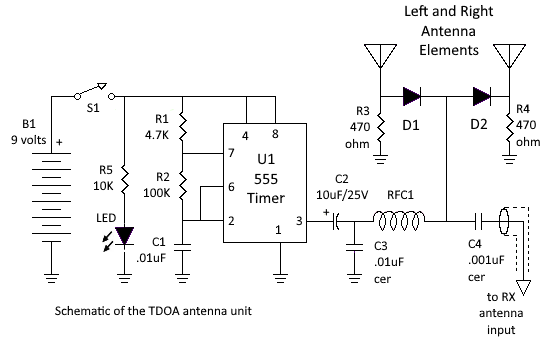 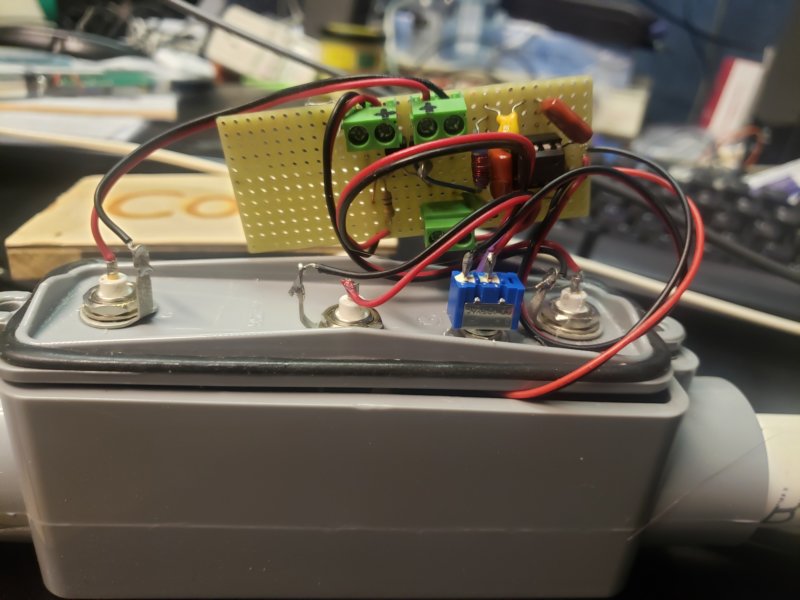 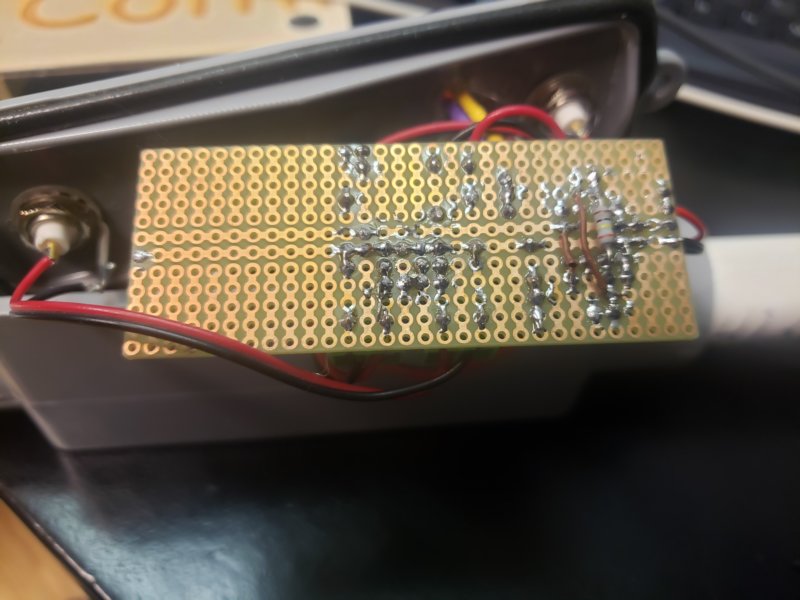 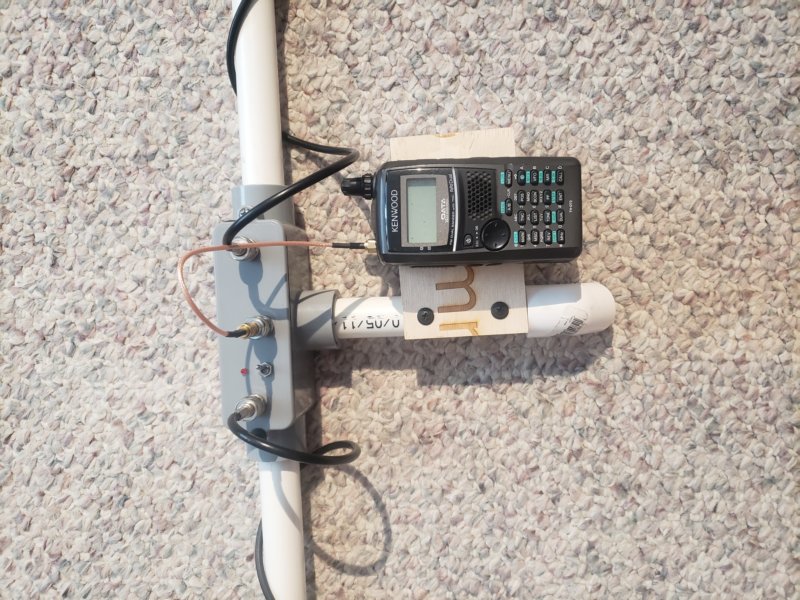  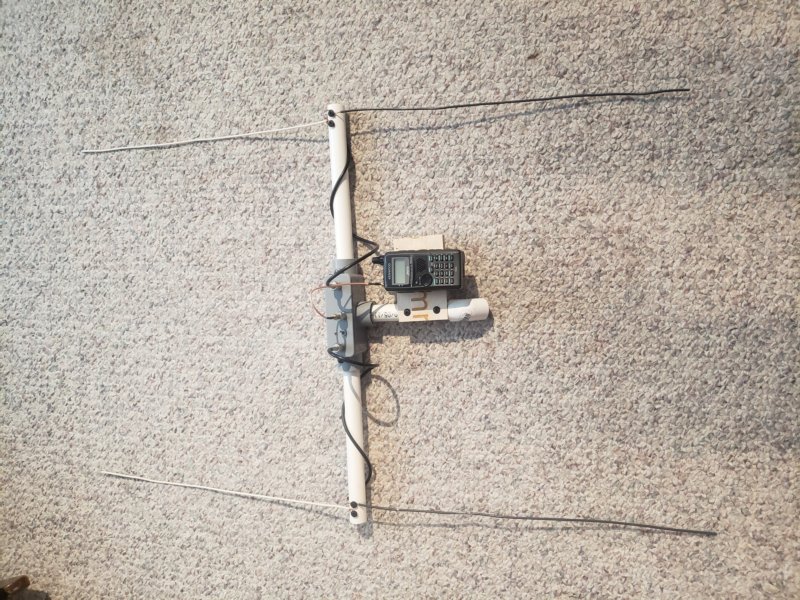 Passive Step AttenuatorWilson VA6JWL built a Step Attenuator based on the information in the attached article from ARRL's archives of 1982. https://www.arrl.org/files/file/Technology/tis/info/pdf/September1982_Attenuator.pdf Included are pictures of his handy work. I took the liberty of finding another version of the step attenuator that I found that has a much more precise description of the values of resistors that you could use to get very precise 50 Ohms resistance per cell. See this Italian's version which includes a PCB layout. http://www.i6dvx.it/it/lavori-in-corso/attenuatore-rf-50-ohm.html.
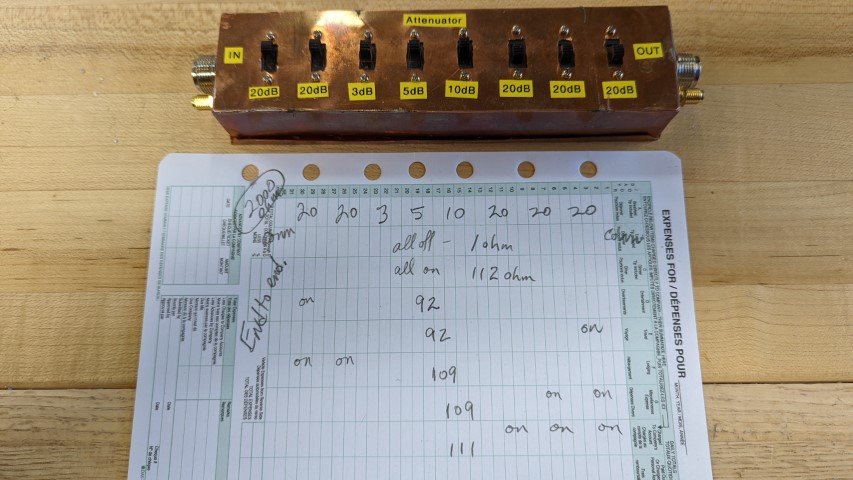 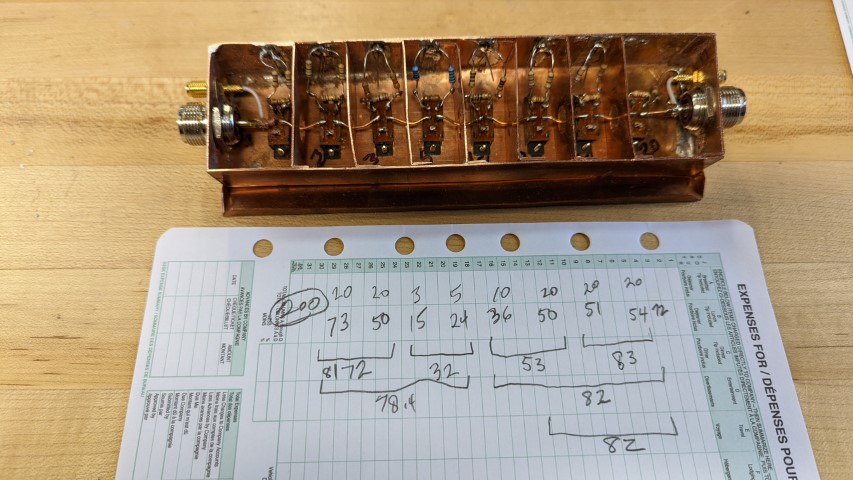 |
SupplementalMoxon AntennaSee the excellent presentation by Gary VE6GDS and Ian VE6IXD on a 2 meter Moxon antenna project. Oct 14, 2025 Moxon antennas are easy to make and easy to deploy in the field, particularly for the UHF and VHF bands. Garry and Ian have been working on a project to document the construction and use of the antennas for portable operation. Garry starts the presentation by describing what a Moxon antenna is and when a Moxon antenna might be useful. He includes design tools and performance information. Ian then shows pictures of how he has used Moxon antennas for VHF and HF operations before moving on to the suggested method of construction. He makes the antennas using ¼” copper tubing and PVC conduit from your local hardware store. They also describe the “Moxon Triad” project, which is an easily deployed antenna for use where there are multiple repeaters in range and reflections cause multi-path fading. YouTube Link of presentation: https://youtu.be/Hr3lkkojEXs |
